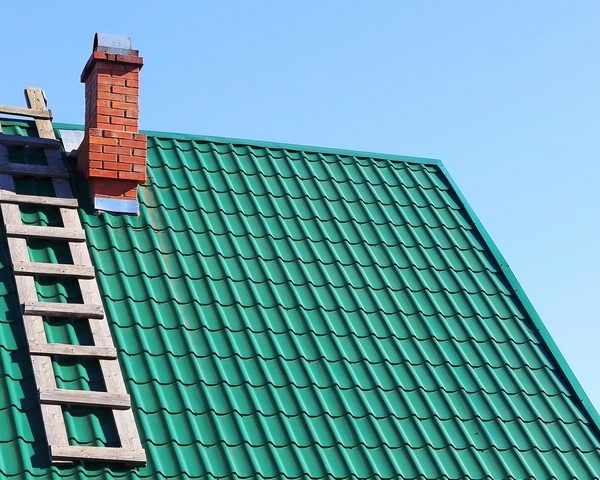
4 Roofing Fundamentals for Homeowners
Roofing isn’t an easy job, but if your roof needs to be replaced and you want to save thousands of dollars by doing it yourself, you can. If you’re able to go up and down a ladder, can carry a bundle of shingles on your shoulder, and are able to stay out in the elements for hours, read on to learn the basics you need to know before you roof a house.
1. Basic Roofing Materials

The roofing supplies you choose will be dependent on your personal taste and the pitch of the roof.
- Asphalt shingles are easy to buy and cheaper than other options, but not always the most attractive choice.
- Metal roofing requires a special know-how to install, so you probably shouldn’t do this yourself unless you are a licensed roofer.
- Wood shake is an attractive but more expensive shingle.
- Faux (rubber) slate is made from recycled post-industrial synthetics and is gaining popularity.
- Slate roofing is a very attractive and expensive option. It’s very slippery to walk on so if you’re installing this type, be very careful!
2. Install Over Shingles or Remove Them?

The number-two question after what type of roof to install is if you will remove the previous shingles or to roof over top of them. The central argument against roofing over top is the extra weight that can cause a structural problem. The weight might be too much for older houses that have a basic roof framing not meant to hold extra weight.
A second argument against layering is that any surface irregularities that exist will be telegraphed with the new roof. If you have waves, bumps, and bubbles in your exiting roof, the new roof won’t get rid of those. If you plan on layering your roof, go over any problems and clear up protruding nails, gaps, and bumps first.
The main reason for layering is to save time and work. It’s not a big deal for a professional roofing company to strip off the existing layer, but if you’re laying the roof yourself, you may want to leave the old one there to save time.
3. The Best Season for Roofing

Professional roofers know the best time to replace a roof, which is from late spring to early fall. Any layers have to be totally dry before any covering layers are put on over top.
4. The Basic Process of Roofing

Roofers talk in terms of “square,” which is 100 square feet. Shingles come in bundles and three or four bundles typically cover a square.
If you’re new to roofing, the job might take you three or four days. Here’s the basic steps to follow.
- Remove all the existing shingles. This job is easier if you shovel them off into a garbage bin that can be hauled off when you’re done. Go around the yard and clean up all debris. If you plan on layering your roof over the existing one, go over it and repair any lumps, bumps, raised nails, and gaps.
- Make any needed repairs or replace the roof board(s) affected.
- Install ice dam protection. This is a synthetic material meant to stop backed up ice in the gutters. Ice-melt will work its way up under your new shingles and cause leaks inside your house.
- Lay down an asphalt paper layer.
- Apply shingles starting at the eaves and working your way upward.
- Apply flashing around any areas where you might see leaks, like against stack vents and chimney.
- Install the ridge vent.
- Enjoy your new roof!
